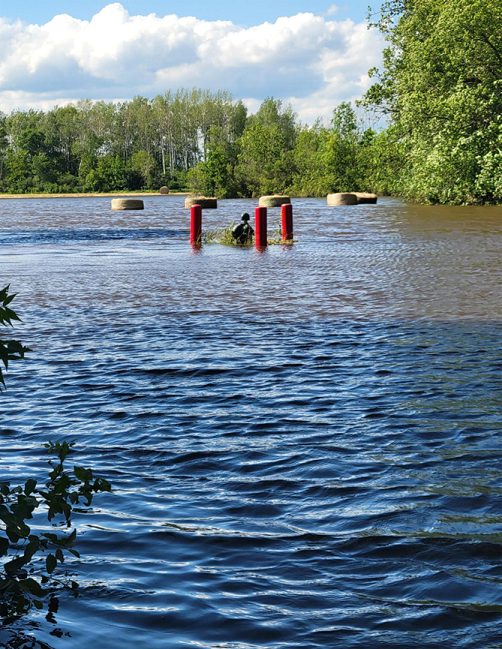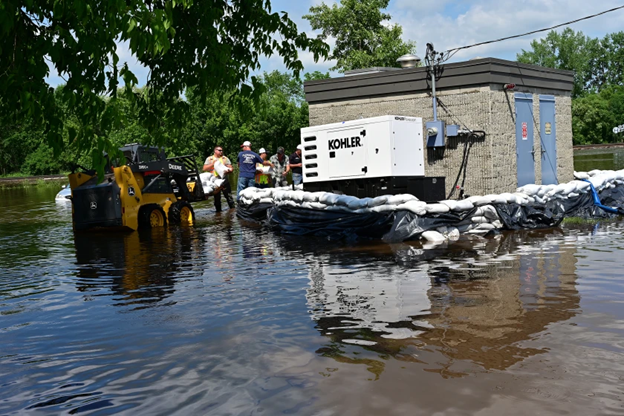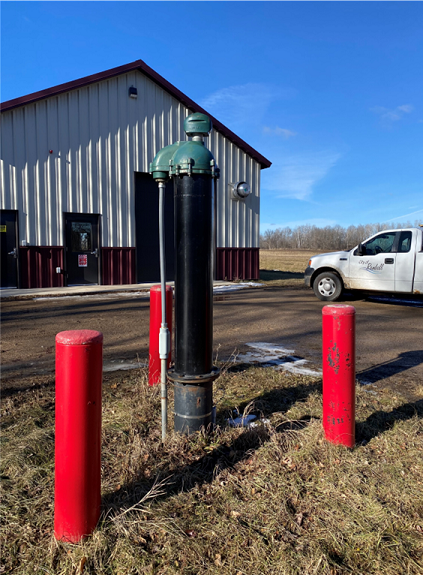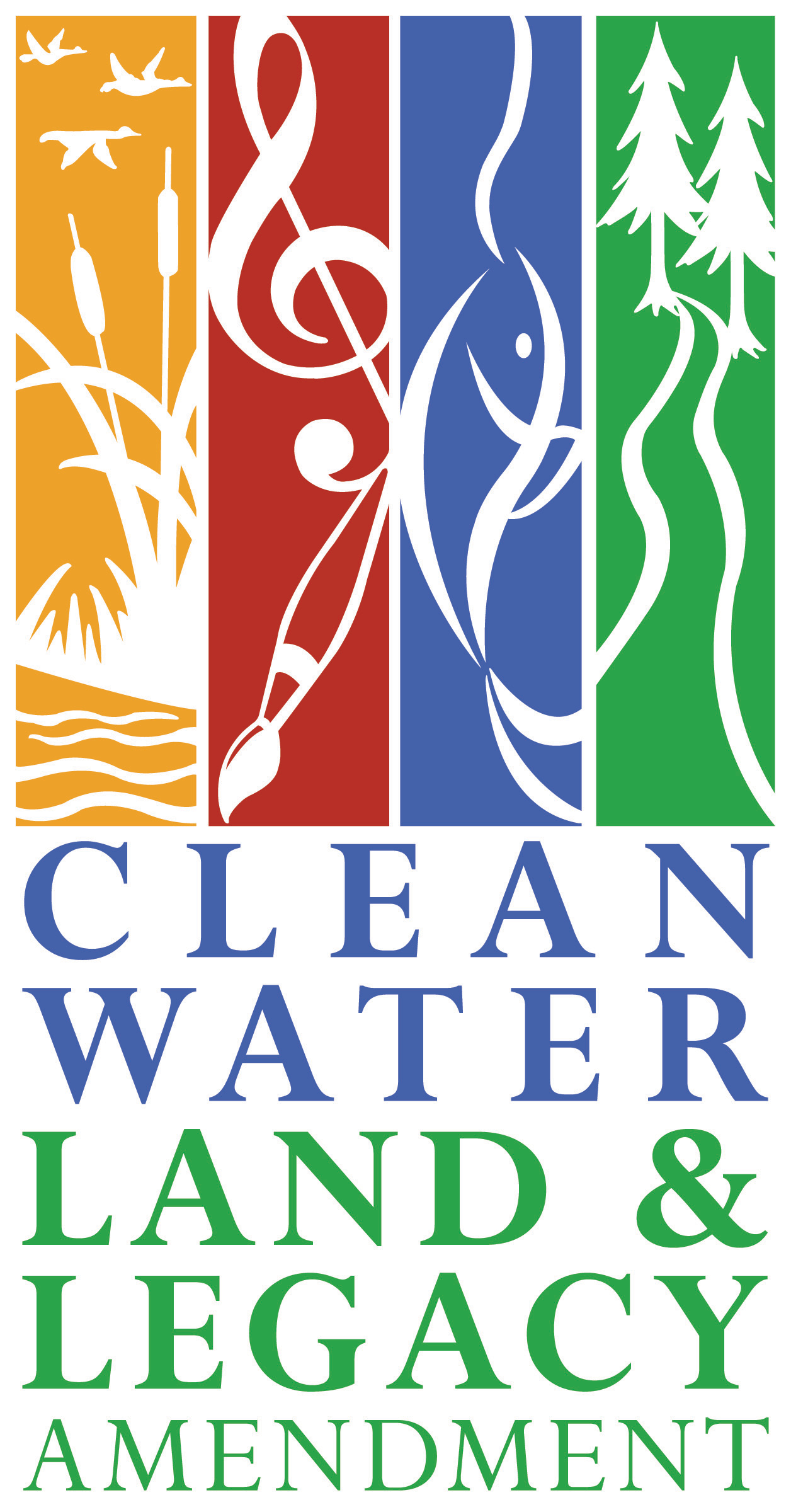Source Water Protection (SWP)
- SWP Home
- Protecting Drinking Water Sources
- SWP Requirements and Recommendations
- SWP Grants
- Groundwater Protection Initiative - Accelerated Implementation Grant
- SWP Awards
- Laws and Rules
- SWP Web Map Viewer
- Surface Water Program
- SWP Reports and Data
- SWP Implementation Resources
- Source Water Assessments
- Stories from the Source
Related Topics
- Water: Business and Government
- Drinking Water Information for Consumers
- Water Testing and Data Reports
- Minnesota Well Index
- Clean Water Fund
Environmental Health Division
Improving Drinking Water Resilience in the City of Randall
Stories from the Source

The City of Randall is a small community located in western Morrison County. In June 2022, almost a foot of rain caused the Little Elk River to overflow, flooding homes and businesses throughout the city.
Well #3 and the treatment plant were flooded due to the heavy rainfall, prompting a Boil Water Advisory to protect residents from potential contamination risks to their drinking water. Flooding around a well can cause bacteria and other contaminants to enter groundwater and the public water supply.
Recognizing the temporary shutdown of well #3 and the treatment plant, city staff focused on preventing contaminants from entering the drinking water pumped from well #2. The city staff also placed sandbags around the perimeter of the pumphouse, preventing further structural damage to their drinking water infrastructure.

After the city successfully managed the flooding crisis, they took steps to increase their resiliency from flooding. Resiliency of drinking water systems is determined by the system’s ability to withstand a broad range of climate and extreme weather-related impacts, such as flooding and power outages. City staff secured funding through the Department of Homeland Security to purchase a new generator, which was placed on a new elevated concrete pad, and extended the casing of Well #3.

Additionally, in the fall of 2023, Randall secured a Source Water Protection Implementation Grant, made possible by the Clean Water Fund, to extend the casing of well #2. Randall’s Wellhead Protection Plan also includes measures to increase their climate resiliency and address future flooding risks that would threaten the safety of their drinking water.
The City of Randall, with only 609 residents, has shown a strong commitment to increasing the resiliency of their drinking water system, which will help them to withstand future climate impacts and continue to protect their drinking water.
